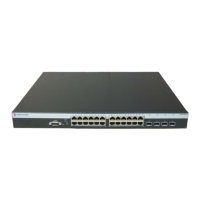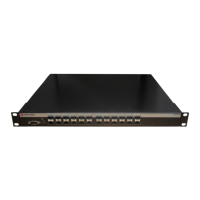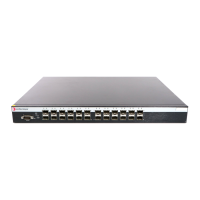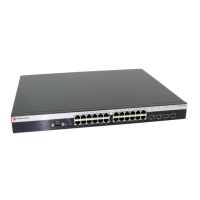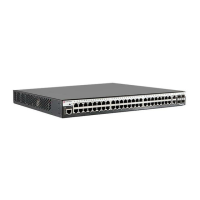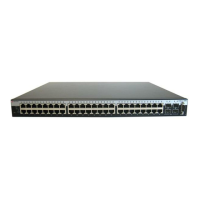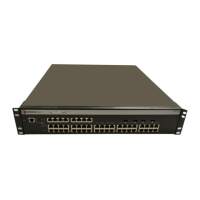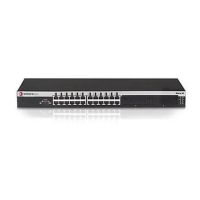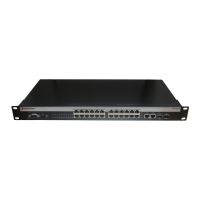Functions and Features Supported on Enterasys Devices
15-8 Configuring Spanning Tree
before their states are allowed to become forwarding. Further, if a BPDU timeout occurs on a port,
its state becomes listening until a new BPDU is received. In this way, both upstream and
downstream facing ports are protected.
When a root or alternate port loses its path to the root bridge, due to message age expiration, it
takes on the role of designated port and will not forward traffic until a BPDU is received. When a
port is intended to be the designated port in an ISL, it constantly proposes and will not forward
until a BPDU is received. It will revert to listening if it stops getting a response. Loop Protect also
overrides the port admin setting. This protects against misconfiguration (such as disabling STP on
a port using the set spantree portadmin port-string disable command) and protocol failure by the
connected bridge. By default, the Loop Protect feature is globally disabled on Enterasys switch
devices and must be globally enabled to operate on all ports. For configuration information, refer
to “Understanding and Configuring Loop Protect” on page 15-31.
Updated 802.1t
IEEE 802.1t is enabled by default on Enterasys switch devices. This updated Spanning Tree
protocol supports multiple Spanning Trees, more switch port density, and faster port speeds.
802.1t includes the following updates:
• New bridge identifier encoding (4-bit priority, 12-bit system ID extension, 48-bit bridge
address)
• New port identifier encoding (4-bit priority, 12-bit port number)
• Bridge detection state machine (for edge port identification)
• Path cost default values (the ability to switch between 802.1t and 802.1d mode and cost values)
Multisource Detection
Multisource detection is a feature that prevents network disruption due to excessive topology
changes caused by a full duplex port transmitting multiple BPDUs with different source MAC
addresses, and hence different BPDU information.
When a port is point-to-point, the received priority information comes from the most recently
received BPDU. When a port is non-point-to-point, the received information reflects the best
priority information out of all the received BPDUs. Typical scenarios for multisource detection are
when a switch is connected to a device which
• has been improperly configured to forward received BPDUs out other ports, or
• has been configured to not run the Spanning Tree protocol and treats BPDUs as multicast
packets by transmitting them out all other forwarding ports.
In these situations, the connected port is effectively acting as a shared media device. The way to
detect shared media is the duplex setting. Since the port is full duplex, it treats the connection as
point-to-point.
Multisource Detection, which is always enabled, will recognize the multiple source MAC
addresses and set the port’s operational point-to-point status to false, treating the port as a shared
media device. The port is constantly monitored. If the situation is resolved, as determined by
receiving a unique address for a sufficient amount of time, the port’s operational point-to-point
status will revert to true.
A syslog message is issued when multiple source addresses are detected.
Note: When loop protect is configured for the port, if multisource detection is triggered, the port will
go to the listening state and no longer be part of the active topology. Loop protect does not operate
on shared media ports.
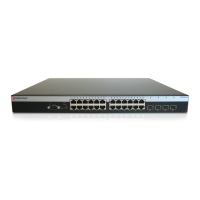
